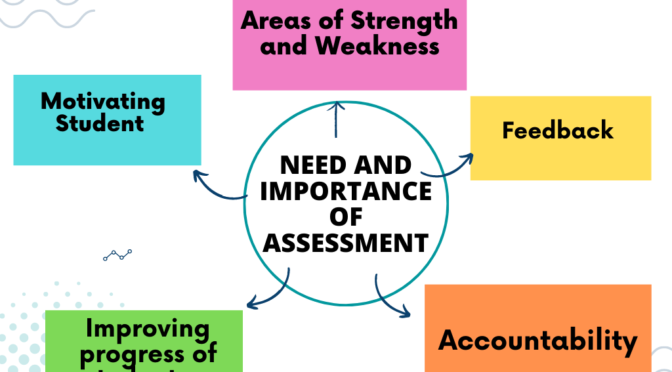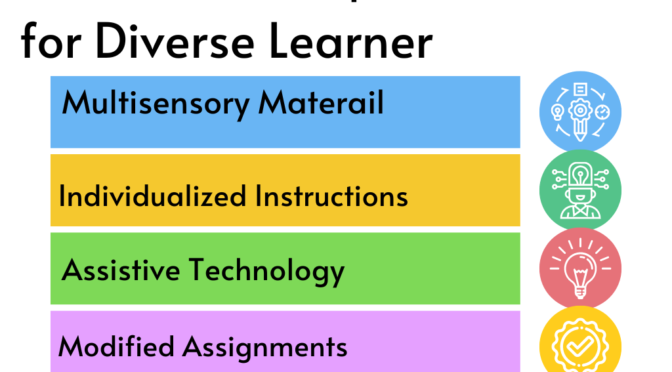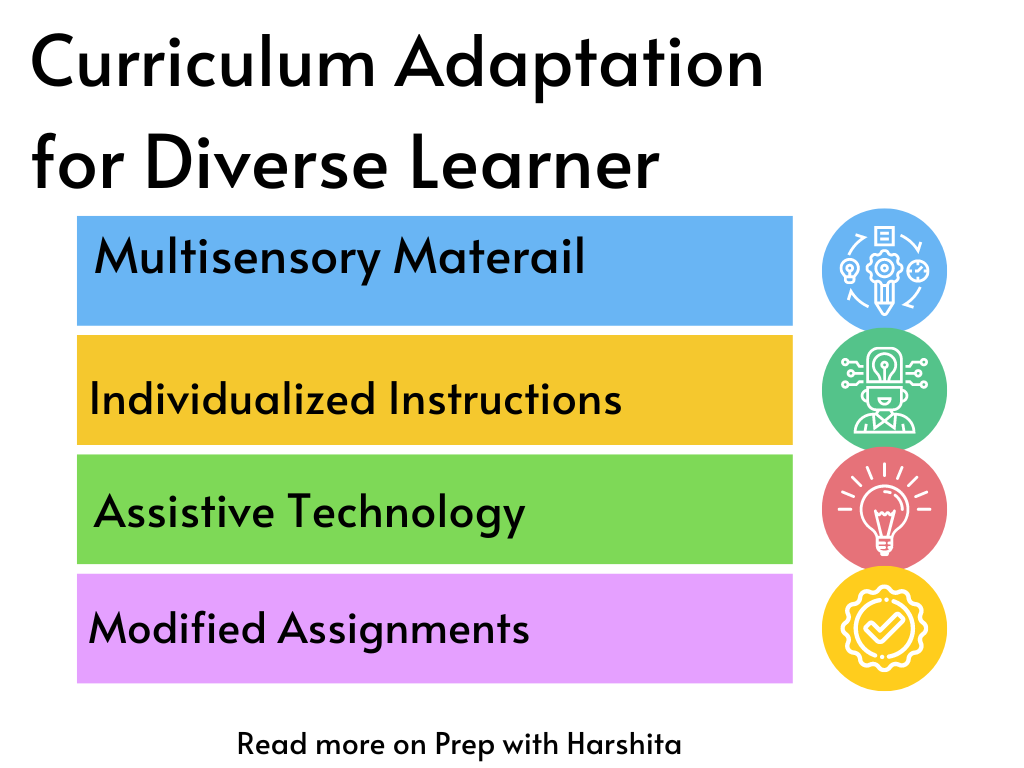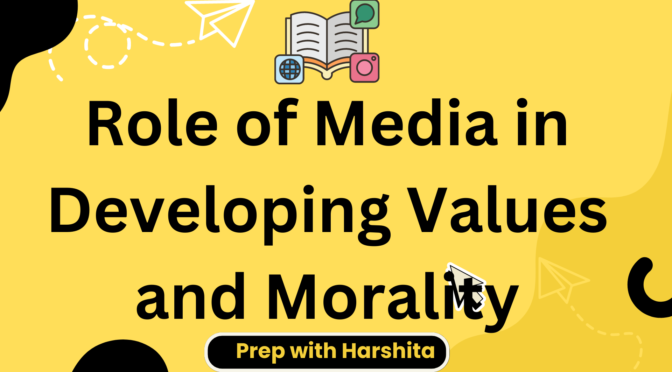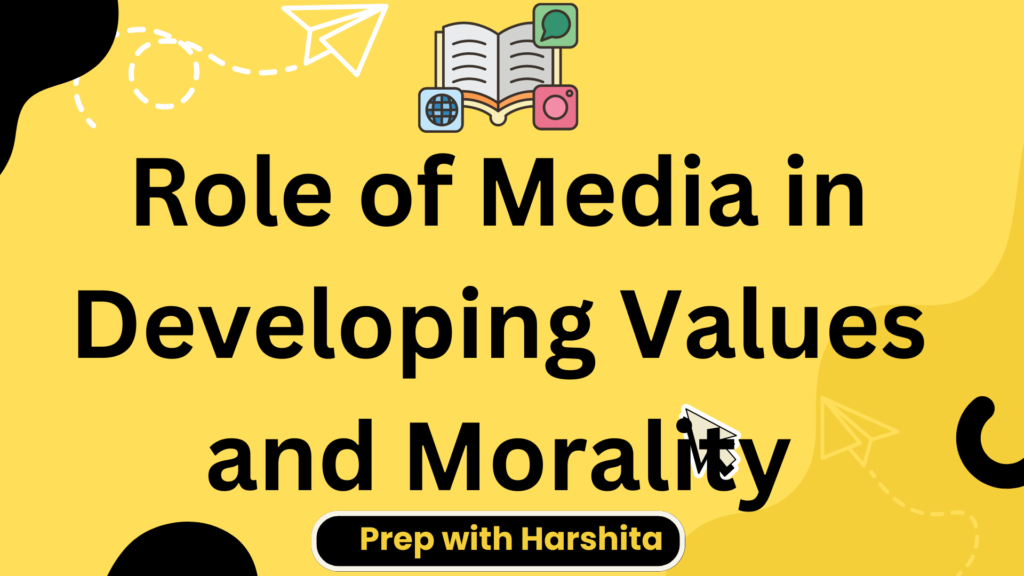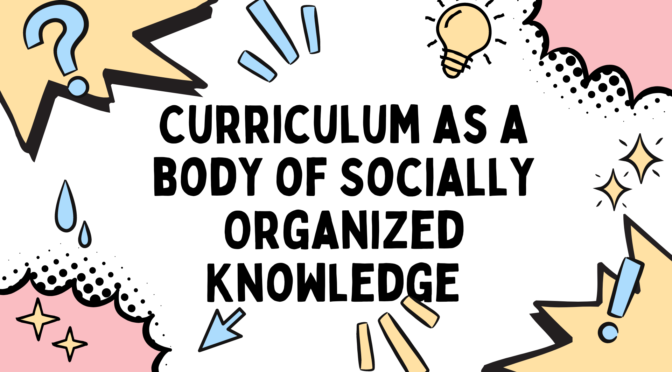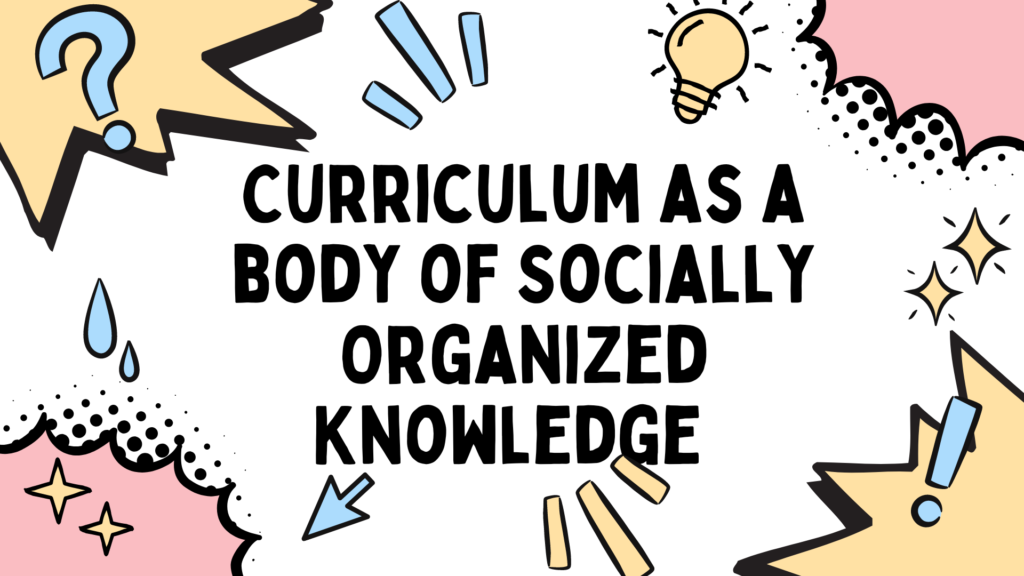Meaning and need of Assessment in education refers to the process of gathering and analyzing information about a student’s knowledge, skills, and abilities.
Purpose of Assessment:
The purpose of assessment is to evaluate student learning and progress, provide feedback to students and teachers, identify areas of strength and weakness, and inform instructional decisions.
Assessment can take many forms, including standardized tests, performance tasks, essays, projects, observations, and self-reflection. It can be used to measure a variety of outcomes, such as knowledge mastery, critical thinking, problem-solving, creativity, and social-emotional skills.
Effective assessment practices involve aligning assessments with learning objectives, using a variety of assessment methods, providing timely and useful feedback, involving students in the assessment process, and using assessment data to inform teaching and learning.
Assessment plays a critical role in education as it serves various purposes that are essential for the improvement of teaching and learning.
Importance of Assessment:
- Evaluating student learning: Assessment provides a means of evaluating what students have learned and how well they have learned it. It helps to determine if students have met the learning objectives or standards set for them.
- Identifying areas of strength and weakness: Assessment helps to identify areas of strength and weakness in student learning. This information can be used to adjust teaching methods, resources, and activities to improve student learning outcomes.
- Providing feedback: Assessment provides feedback to students on their progress and helps them understand how they can improve. Feedback also helps teachers to identify areas where students need more support and assistance.
- Motivating students: Assessment can motivate students to learn and improve by providing them with clear goals and targets to work towards. This can increase their engagement and commitment to their learning.
- Improving teaching: Assessment helps teachers to evaluate the effectiveness of their teaching strategies and make adjustments to improve student learning outcomes. It provides a basis for reflection and professional development.
- Monitoring student progress: Assessment helps to monitor student progress over time and provides a way to measure growth and improvement. This can be used to celebrate successes, identify areas of concern and develop strategies for improvement.
- Accountability: Assessment provides a means of measuring the effectiveness of education systems, schools, and teachers. It is often used to evaluate educational outcomes and inform policy decisions.
In summary, assessment is essential in education as it provides valuable information about student learning. It helps to identify areas for improvement, provides feedback and motivation, supports teacher development and accountability. It helps to monitor student progress over time. Effective assessment practices are critical for ensuring that students receive the best possible education and achieve their full potential.
Also Read : Types of Evaluation
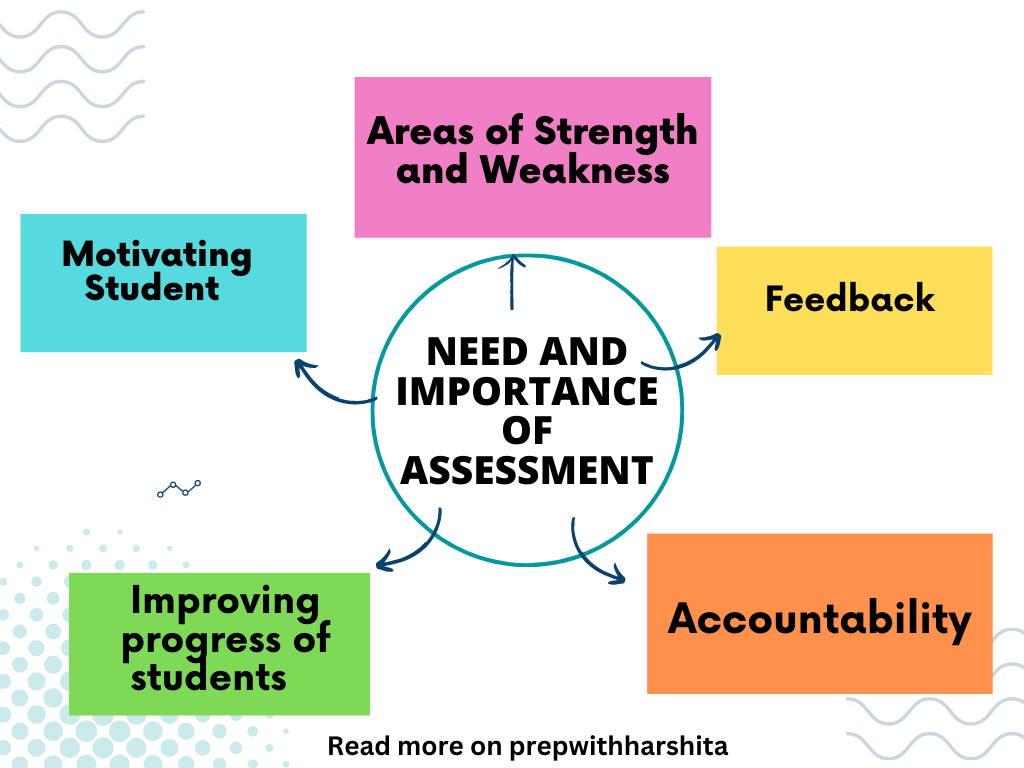
Also visit : Prep with Harshita

